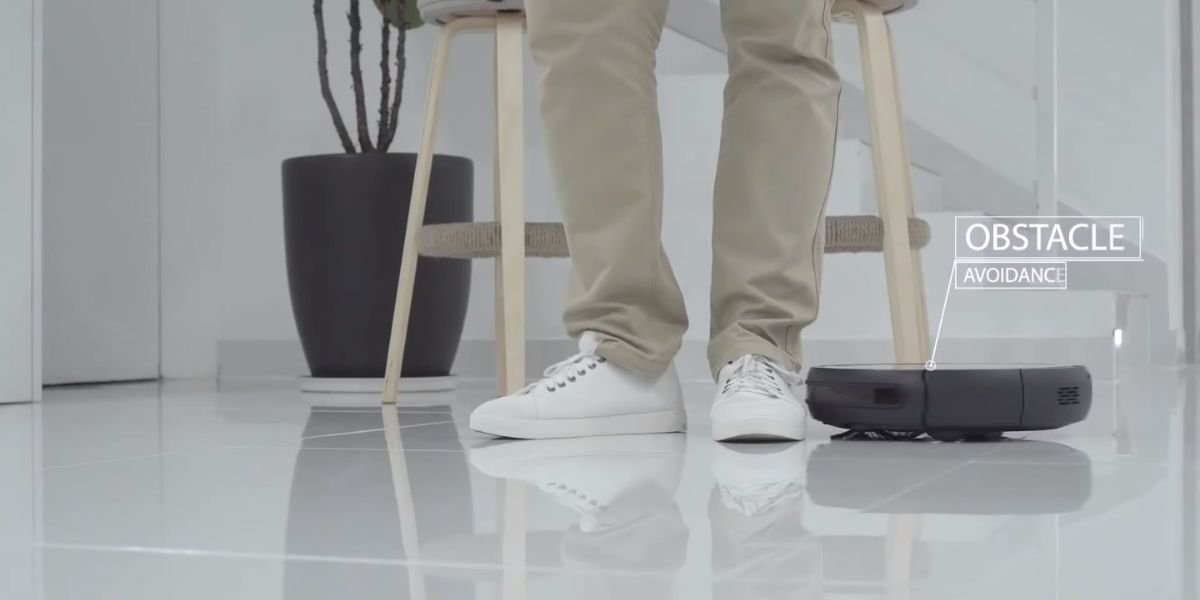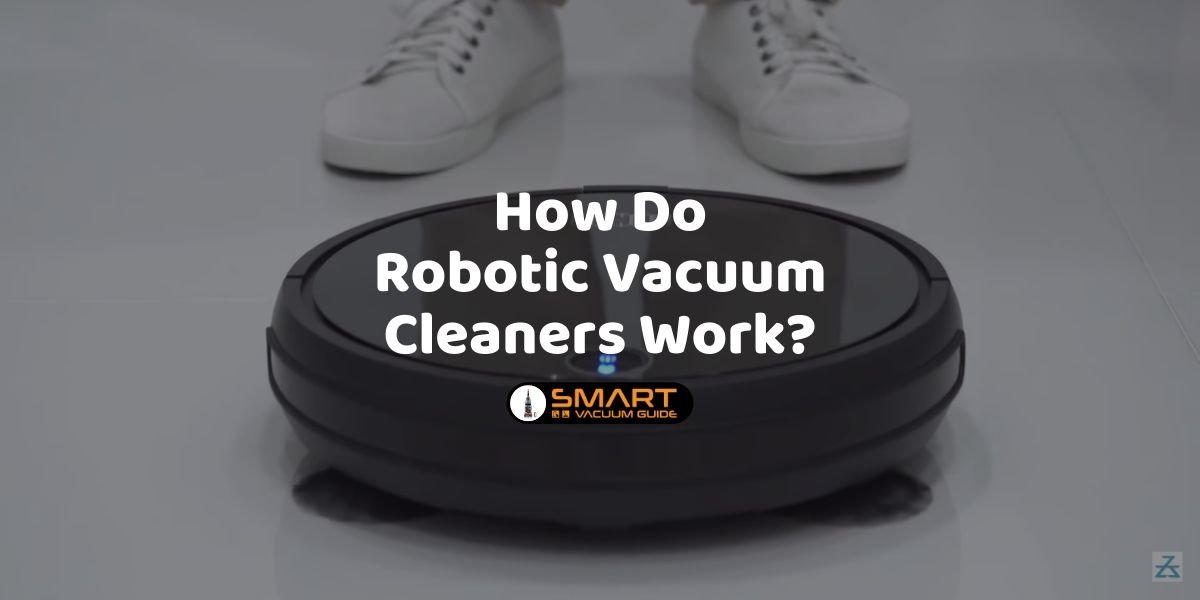Robotics and other forms of Artificial intelligence are making our lives a lot easier by the day. They are increasingly becoming a very relevant aspect of our everyday living and routines. Robotic vacuum cleaners have found their way to almost every part of our homes today and are the most popular technology used in modern-day homes and contemporary apartments. In fact, statistics show that robotic vacuum cleaners make up about a quarter of the vacuums in homes today.
Modern-day robotic vacuums are a far cry from what they used to be when the technology first hit the market. In those days, you’d have to trace the robotic vacuum cleaner to a corner where it got stranded with the out of power beeping. These days, sophisticated technology allows the robotic vacuum cleaners to map out the whole area to avoid obstacles and can return make to a dedicated station to rejoice.
Robotic vacuum cleaners have evolved and will continue to do so in the nearest future into more efficient machines that take out the hassles of cleaning your apartments. Since the first robotic vacuums of the 90s were too stupid and expensive for any of use, manufacturers have gone back to the drawing boards to craft more efficient machines that do amazing things.
The first iRobot Roomba in 2002 proved to be very useful and more sensible than those of the 90s and ushered in a whole new era of robotic vacuums in different designs, shapes, and functionality. Robotic cleaners have made their make and will continue to do so as long as technology is concerned.
The Basic Function of a Robotic Vacuum cleaner

The suction of a robotic vacuum cleaner works just like any other system. It collects dirt from the surrounding and deposits it into a dustbin cup. The only difference between a robotic vacuum cleaner and the system of other vacuum cleaners is that those of a robotic cleaner is autonomous – that it's it can function on its own with minimal human impute. The reason a robotic vacuum cleaner can work autonomously is because of the inherent intelligence that allows it to make simple decisions by collecting information about the surrounding.
Robotic vacuum cleaners use sensors to gather information from the surroundings to make intelligent decisions. However, sensors are of different types, quality and grade – the better the sensor the more intelligent the robotic vacuum cleaner. Modern-day robotic vacuum cleaners make use of laser or infrared sensors to gather information about the surroundings and the environment. The sensors act by bouncing light beams to the environment and decisions are made by how the robotic cleaner process the information from the returned light beams. Robotic cleaners that make use of ultrasonic sensors function by emitting sound waves instead of light beams.
Types of robotic sensors
Impact Sensors:
Impact sensors do not emit light or sound waves to guild the robotic vacuum cleaners but make use of a mechanical system to intelligently guide the vacuum. The impact sensor tells the robotic cleaner when it has hit a bump or an obstacle and guides it around the obstacle.
Cliff Sensors:
Cliff sensors are usually located at the bottom of the robotic cleaner and help determine the distance between the bottom of the cleaner and the ground. A Cliff sensor prevents the robotic cleaner from falling off the cliffs or edge by telling when the machine has reached a sheer drop.
Wall Sensors:
These sensors are used to identify vertical walled obstacles and also determine continuous straight parts that the robot has to follow.
Optical sensors:
These are the most sophisticated sensors today. They are usually found in high-end moderns where they function to intelligently guide the vacuum cleaner around the obstacle and within the working area. Optical sensors track the motion of the wheels and determine the position of the robotic cleaner at every turn. This makes it possible for the robotic vacuum to navigate complex terrains and find its way back to the station.
Processing Information
Apart from collecting information, robotic vacuum cleaners need to process this information to use a material that can be interpreted into actions. The decision of the machine is based on the information it receives and decisions are made based on the objectives and programs of the machine. One theory the robotic vacuum cleaner makes use of is to model the biological functioning of an insect. The insect needs basic sensory inputs, brought about by its eyes and feeders. They tell the insect where to go, find food and return back to the next. In the same faction, the robotic vacuum cleaner uses sensors to collect information, leaves the nest or station and comes back to the station to re-juice.
Of course, robotic vacuum cleaners are more sensible than bugs and insects because they use superior sensory devices.
Memory and Storage
Robotic vacuum cleaners are built with memory chips that record all that the robot ever does. Form cleaning operations to the random paths in makes around the cleaning area. The memory system can also help the robot map out the area it intends to clean based on prior movements so it doesn’t have to keep processing motion intelligence all the time it has to go on cleaning operations. The memory systems help the robotic cleaner to learn the layout of the area they are to clean and they use this information to carry out their daily or weekly.
Interactions
Many robotic cleaners have advanced interactive designs that allow them to communicate with their surroundings and humans. Some robotic cleaners have programmable settings on the body that allows users to input daily or weekly routines. The most advanced robotic cleaners take interaction to another level by using the functionality of a dedicated App with an owner can install on their phones. With a dedicated App the sensors and bot in the robot can send and receive information from owners and users. Phone Apps are the main way robotic vacuums are made to interact with the environment. Here are some known benefits of phone apps:
- They allow users to set cleaning routines for the vacuum cleaner
- Allows the user to access the history of cleaning operations
- Can alert users of potential problems
- Inform users of the basic need of the robot – energy requirements, need to empty the dust bin, etc.
- Alert users when they get stuck with cleaning operations.
- It allows remote control of the movements from a phone.
You Might Also Like:
You love operating your Shark vacuum cleaner but suddenly the roller brush has stopped spinning. Your vacuum is no longer picking up the ....Continue Reading
All Shark vacuum cleaner owners love how efficient our cleaners clean our homes. We love the features these vacuums offer, especially the brush ....Continue Reading
You are all fired up and ready to vacuum your home, however, your Shark vacuum won’t turn on. A Shark vacuum not turning ....Continue Reading
You have finally purchased yourself an exceptional vacuum cleaner to clean your home with little effort. A Dyson ball multi floor vacuum cleaner.This vacuum ....Continue Reading
There is so much to love about a Rainbow vacuum cleaner, it is an extremely powerful cleaner. This machine cleans the wall, floors, ....Continue Reading
For many households, a vacuum cleaner is a necessity, as we all rely on our vacuum cleaners to clean our homes. A top-quality ....Continue Reading
We all know that you should not vacuum over a power cord, pull the cord around corners or close a door on the ....Continue Reading
You clean and maintain your shark vacuum cleaner regularly, but do you also clean your shark vacuum hose?We all can easily forget the ....Continue Reading
An important part of keeping your Shark vacuum cleaner working effectively is ensuring there are no blockages. The primary cause of blockages is ....Continue Reading
You love your Shark vacuum cleaner, but find it is struggling to turn or pick up anything. It is time for you to ....Continue Reading
- How to Change Belt on Shark Vacuum - June 21, 2021
- Shark Vacuum Brush Roll Indicator Light Not on - June 21, 2021
- Shark Vacuum Not Turning on - June 21, 2021

